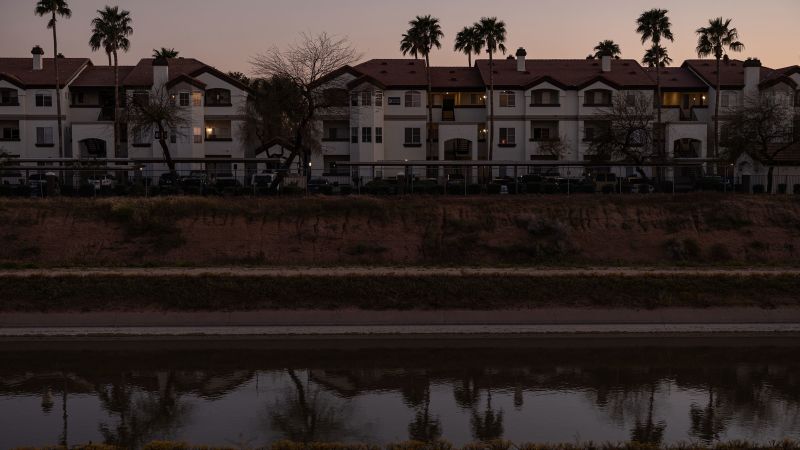Key takeaways:
- The Colorado River is a vital source of water and electricity for seven states and 40 million people.
- The US Interior Department’s Bureau of Reclamation has released two competing plans for how to reduce water usage in the Colorado River system.
- The Biden administration has declined to publicly take a side on which plan is the best option, but the analysis provides a comprehensive overview of the situation and potential consequences.
The Colorado River is a vital source of water and electricity for more than 40 million people in seven states: Utah, Wyoming, Colorado, Nevada, Arizona, New Mexico, and California. The US Interior Department’s Bureau of Reclamation has released two competing plans for how to reduce water usage in the Colorado River system, should the levels in Lakes Mead and Powell continue to decline.
The first plan is favored by California and some tribes along the river, who want to protect their high-priority rights to the river’s water. The second plan is supported by the other six states, who argue that it is time to come up with an approach that more fairly shares the river.
The draft analysis released by the Bureau of Reclamation paints a grim picture of what would happen if the Colorado River system were to collapse. It would have a devastating impact on the major cities, farmers, and Native tribes in the region. The analysis also noted that the immediate goal is to keep enough Colorado River flowing through the Glen Canyon and Hoover dams to supply hydroelectric power to hundreds of thousands of customers.
The Biden administration has declined to publicly take a side on which plan is the best option. However, the analysis provides a comprehensive overview of the situation and the potential consequences of each plan. It is hoped that the analysis will help the seven states and tribes reliant on the Colorado River come to an agreement on how to protect the river system.



Be First to Comment